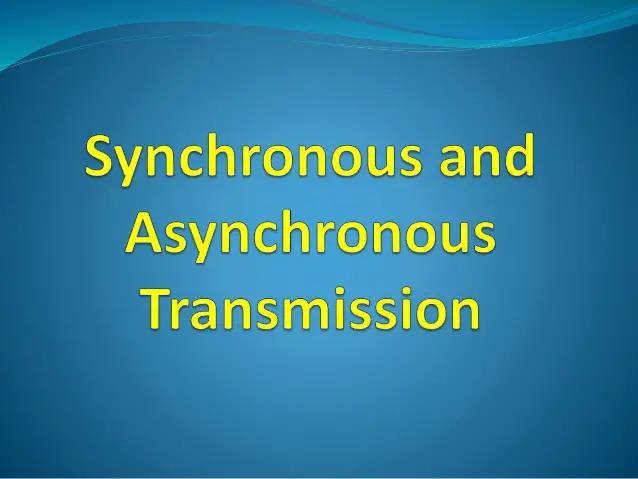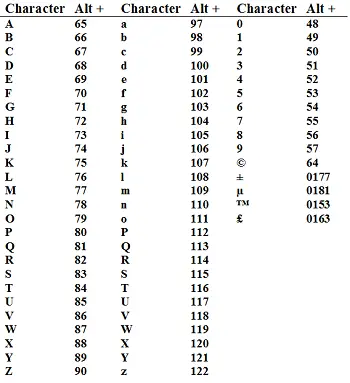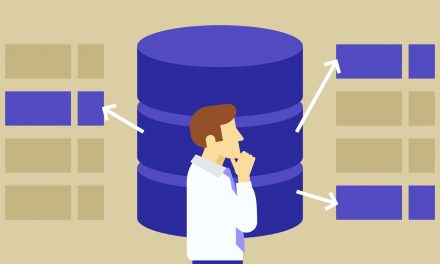In networking and telecommunication, it is quite common to come across the words Synchronous and Asynchronous transmission and not have a clue what they mean. This article is here to explain the meaning of these two common terms. Before I dive into the article, let me provide a little background to explain where these terms come from.
Table of Contents
Background
We regularly send data to and from devices in a network. This could be a local area network, a wide area network, or even the Interconnected Network of all Web Servers Worldwide (INTERNET). In data transmission, there are two main methods which are Serial communication and Parallel communication.
In Parallel communication, several bits are sent as a whole, and there are multiple data lines connecting the transmitter and the host. This type of communication is rather expensive, and impractical for long distances. It does have much faster speeds as compared to serial communication.
In Serial communication, data is sent one bit at a time, in a sequential manner over a communication channel, or computer bus. This type of communication is used for long distance communication, and due to it being cheaper to implement, it is frequently chosen for implementation in computer networks. In addition, there are scenarios in which implementing parallel communication would be impractical.
Transmission of serial data can be done by one of two methods which are:
- Asynchronous Transmission.
- Synchronous Transmission.
Now that you know the basics, it is time to get started!
1. Asynchronous Transmission
In this mode of Serial Data transmission, the data is transmitted across the communication line in a half-duplex mode, one byte or one character at a time. The data is transmitted as a continuous stream of bytes. The general process used in asynchronous transmission involves adding a start and a stop bit to the character. This therefore means that no clock is required as the sender uses parity bits to communicate to the receiver how to interpret the data. These start and stop bits control the transfer of the data along the communication line. Character based synchronization is used in order to allow the receiving unit to synchronize itself with the receipt of data on a character. Asynchronous transmission is fast, economical, simple, and it does not require two way communication.
Here are a few things to note about asynchronous transmission:
- The receiving device is not able to use timing in order to predict the arrival time of the next group of bits. This therefore means that a synchronizing pulse is needed in order to alert the receiving system of a new group of data that is incoming. An extra bit is added to the beginning of each byte to achieve this.
- The “0” bit is the starting bit. It informs the receiver that the previous byte has been transmitted. One or more bits are then added to the end of the byte – and this is the stop bit, which is a “1”.
- Asynchronous transmission results in each byte increasing from 8 bits to 10 bits, as 2 bits are information bits, and the other 2 are signals to be sent to the receiving device.
- Gaps are present between the data units.
- The gaps between the bytes are of varying duration. These gaps can be represented by either an idle channel or by a stream of additional bits.
Main Advantages of asynchronous transmission
- There is no need for synchronization between devices.
- This is a relatively low-cost data transmission method.
Main Disadvantages of asynchronous transmission
- There is much lower transmission as compared to Synchronous transmission because of the use of start and stop bits as well as the gaps between the data units.
- There is the possibility of having timing errors in this transmission method.
Examples of Asynchronous Transmission: Letters, E-mails, Televisions and Radios.
2. Synchronous Transmission
In Synchronous Transmission, data is transmitted using the full-duplex mode in blocks or frames. There is need for synchronization between the sender and the receiver in order for the receiver knows where the new byte starts. Each block of characters is labelled with the synchronization characters and the receiving device acquires the data until the special ending character is found. This method of data transmission is perfect for transferring a large amount of data. As a result, it is used in applications such as real-time communication. The voice-band and broad-band channels are usually used in the synchronous transmission mode. This is due to the relatively high speed of up to 1200 bps. This makes it a suitable medium for high data, high transfer speed applications.
Here are a few things to note about Synchronous Transmission:
- There are no spaces found between the transmitted characters.
- It is very important to have timing in this method. This is because the accuracy of the transmitted information relies on the ability of the device on the receiving end to establish an accurate count of the bits as soon as they arrive.
- There are special “syn” characters that are sent before the information is transmitted.
- The syn characters are placed in between the chunks of data for timing functions
Main Advantages of Synchronous Transmission
- The timing errors are greatly reduced due to the use of the “syn” character.
- This method provides much faster data speeds due to the absence of extra bits at the beginning and at the end
- It is the most useful method for high-speed, large data applications
Disadvantages of Synchronous Transmission
- The accuracy of the data mainly relies on the timing
- Both the receiver and the transmitter need to be properly synchronized.
Examples of Synchronous Transmission: Chat Rooms, Face to face interactions and Video Conferencing.
Summary
Both methods of data transmission have their merits and their demerits. Asynchronous communication is suited for applications which require a cheap, simple way of transmitting a small amount of data. Synchronous data transmission is best suited for applications that need to transmit a large amount of data as quickly as possible. I hope you enjoyed this short read!




